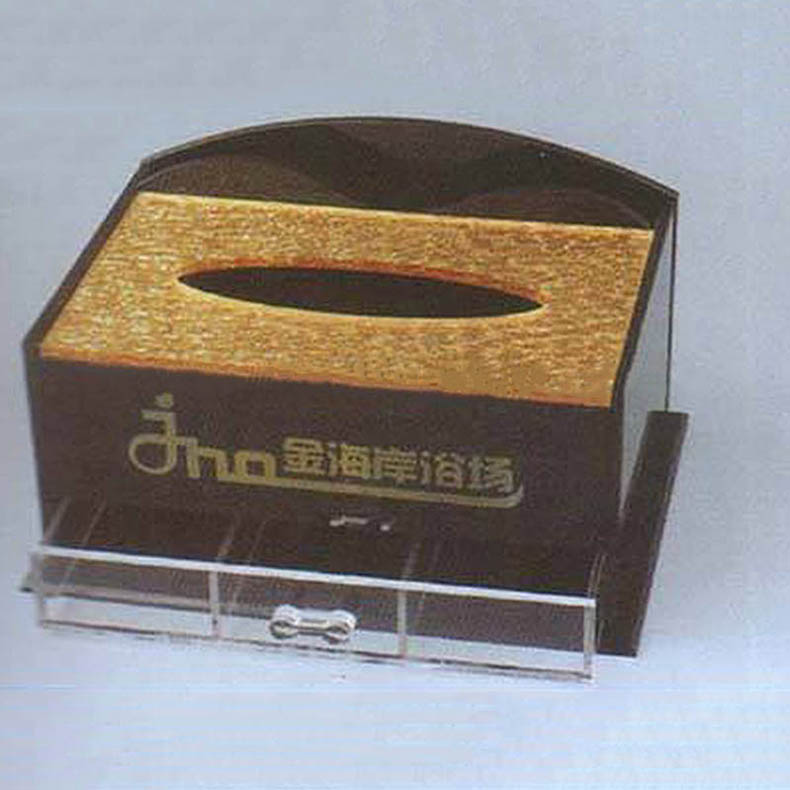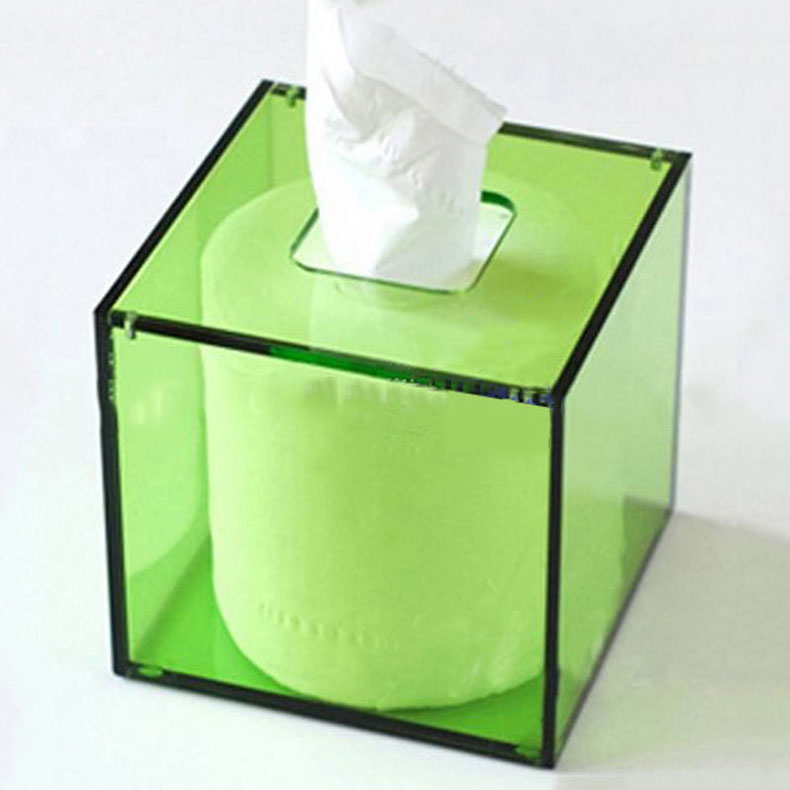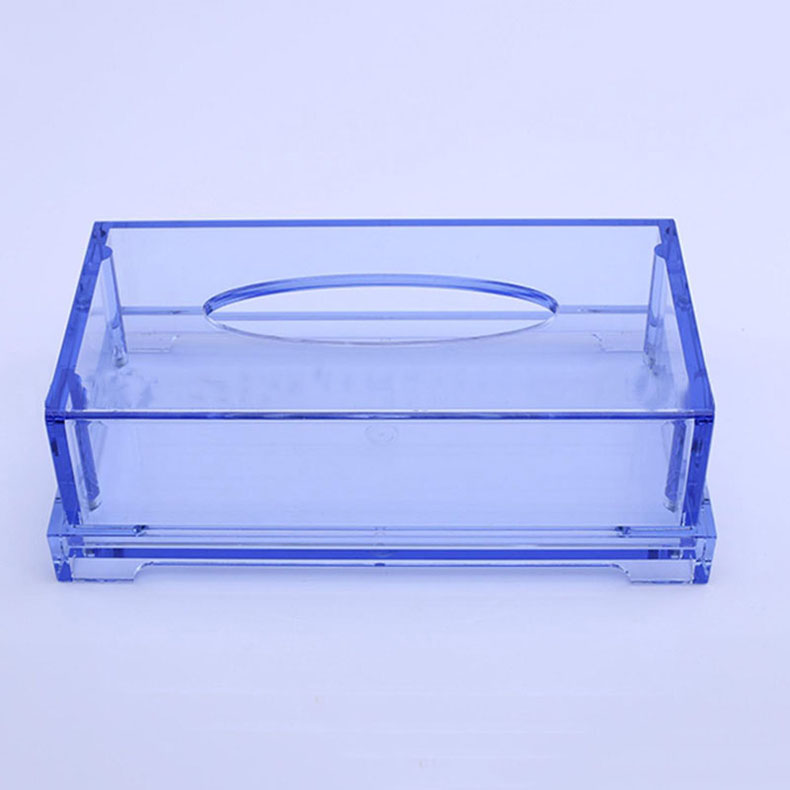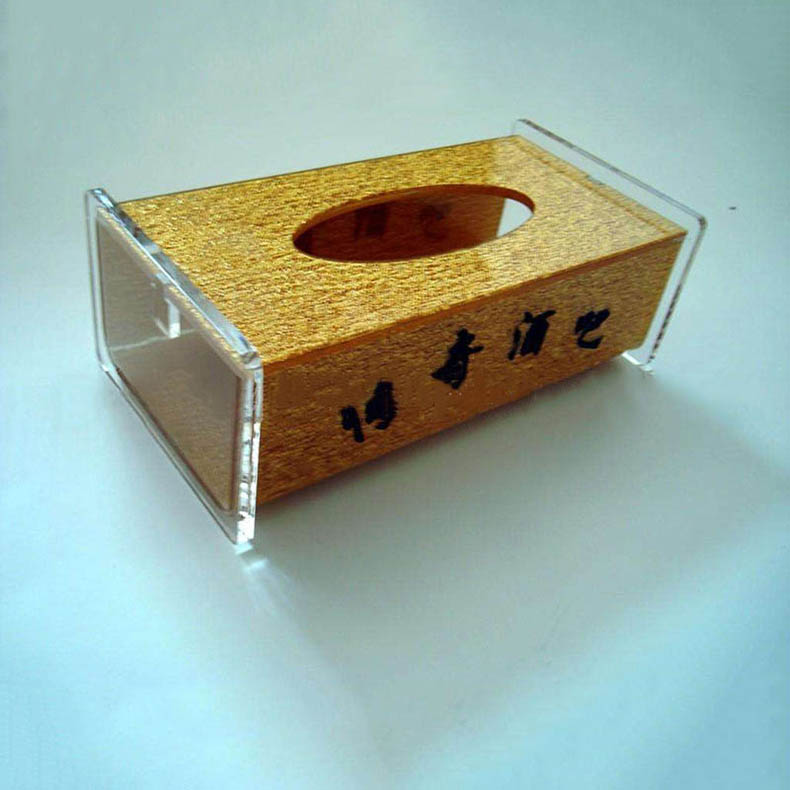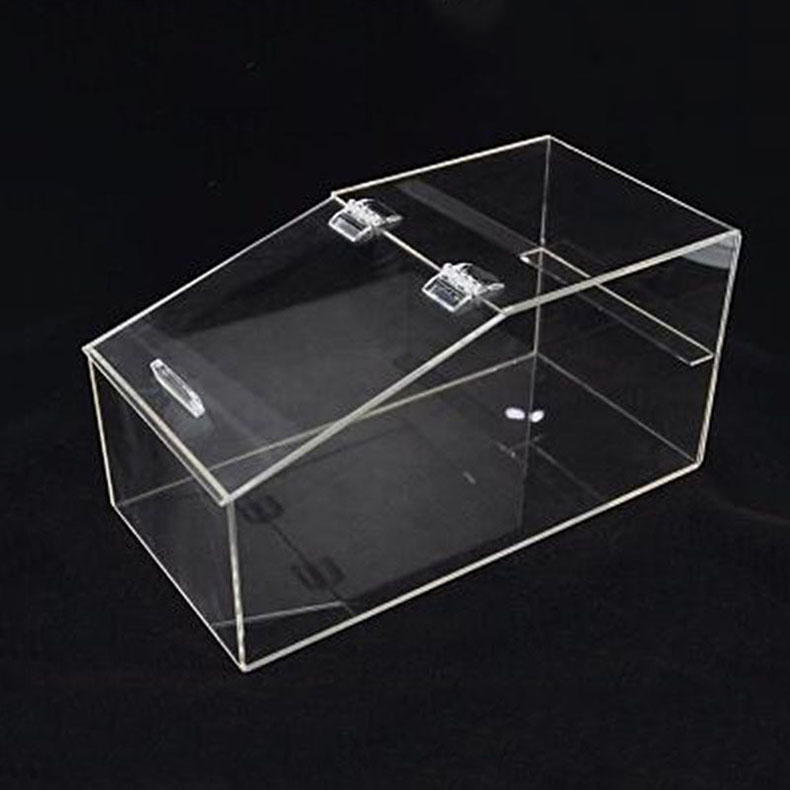Acrylic tank manufacturing is an industry that has faced challenges in recent years, with many companies struggling to stay afloat in a competitive market. The demand for acrylic tanks has declined as alternative materials such as glass and fiberglass have become more popular among consumers.
One of the main reasons for the decline in acrylic tank manufacturing is the high cost of production. Acrylic is a more expensive material than glass or fiberglass, making it harder for manufacturers to compete on price. This has led to a decrease in demand for acrylic tanks, as consumers are opting for more affordable options.
Another factor contributing to the decline of acrylic tank manufacturing is the rise of new technologies and materials in the industry. Companies are now able to produce tanks made from advanced materials that offer similar benefits to acrylic, such as strength, durability, and clarity. This has made it challenging for acrylic tank manufacturers to differentiate themselves in the market and maintain their competitive edge.
Furthermore, the market for acrylic tanks has become saturated with competition, making it difficult for smaller manufacturers to survive. Larger companies with greater resources and economies of scale have been able to dominate the market, leaving smaller businesses struggling to keep up.
Additionally, changes in consumer preferences have also played a role in the decline of acrylic tank manufacturing. Many consumers are now looking for more sustainable and environmentally friendly options when it comes to aquariums. As acrylic is a petroleum-based material, it may not align with the values of environmentally conscious consumers who are seeking eco-friendly alternatives.
Overall, the decline of acrylic tank manufacturing can be attributed to a combination of factors, including high production costs, increased competition, advancements in technology, and shifting consumer preferences. While there may still be a niche market for acrylic tanks, it is clear that the industry is facing significant challenges that have led to many companies going out of business.
In conclusion, the future of acrylic tank manufacturing remains uncertain as companies struggle to adapt to changing market conditions and consumer demands. It will be important for manufacturers to innovate and evolve in order to survive in an increasingly competitive industry. Only time will tell if acrylic tank manufacturing will be able to make a comeback or if it will continue to fade into obscurity.



